Offshore wind turbines on the Atlantic coast (as well as the Gulf Mexico) have several challenges to contend with—including hurricanes.
Office of Energy Efficiency & Renewable Energy
January 23, 2018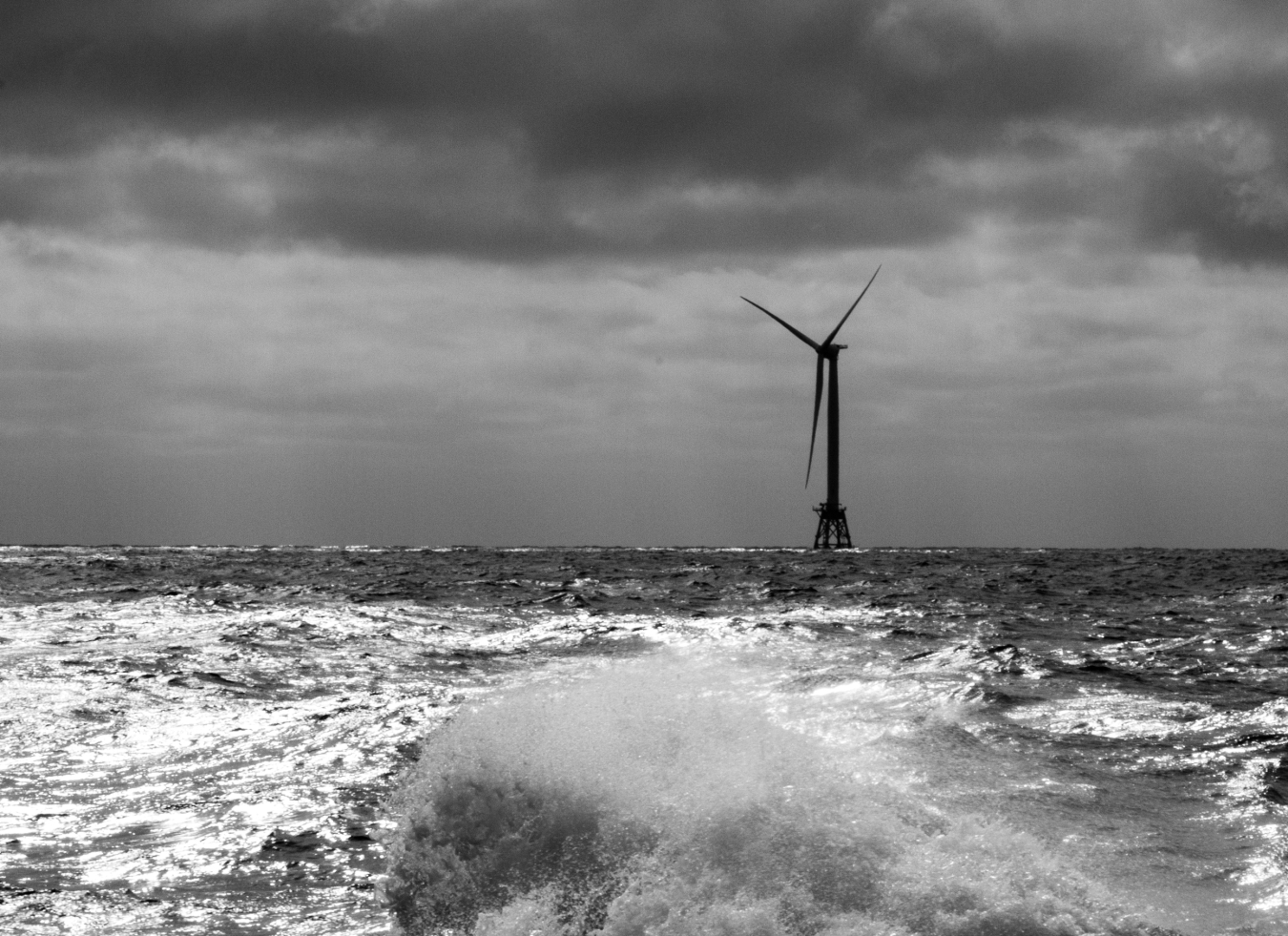
This blog is part of a series that explores offshore wind technical challenges that are different in the U.S. than in other countries.
Offshore wind turbines on the Atlantic coast (as well as the Gulf Mexico) have several challenges to contend with—including hurricanes. The Energy Department is developing tools to help wind system designers lower the risk for offshore wind turbine systems located in extreme weather areas.
As noted earlier in this blog series, 13,000 megawatts of offshore wind has been deployed worldwide, yet the U.S. only has one commercial offshore wind farm in operation. The first blog explained that technological advancements in floating foundations are needed to make offshore wind economically feasible in the deep waters off the U.S. Pacific coast, as well as off the coasts of Maine and Hawaii.
This might be part of the reason why most near-term offshore wind development is planned for the East Coast from Massachusetts to North Carolina, where a substantial part of offshore wind resources involve water shallow enough for fixed-bottom foundations. However offshore wind turbines on the Atlantic coast (as well as the Gulf Mexico), have another challenge to contend with: hurricanes, which we’ll explore below.
What’s Too Windy?
Recent hurricanes Irma and Maria inflicted a lot of damage on infrastructure, including energy infrastructure. Wind turbines, whether they are land-based or offshore, have built-in mechanisms to lock and feather the blades (reducing the surface area that’s pointing into the wind) when wind speeds exceed 55 miles per hour. Basically, the wind turbine is essentially in “survival mode,” waiting for the storm to subside, so it can safely go back to producing energy.
Offshore, storms can be even stronger. In addition to the wind hitting the turbine, the turbine’s foundation also has to contend with large, powerful waves. The engineers who design wind turbine systems use models to understand how different loads, like winds and waves, will impact a wind turbine and its foundation. The models they use need to be further refined to predict turbine loading in extreme conditions.
The Solution
The Energy Department has previously funded work in this area through the National Renewable Energy Laboratory (NREL). NREL, working with the University of Miami, linked its preexisting wind turbine simulation software (called FAST) up with the atmosphere-wave-ocean forecast model. It is used for hurricane research and prediction to create a new “Coupled Hydro-Aerodynamic Interface for Storm Environments.” This tool helps wind system designers to lower the risk for offshore wind turbine systems located in extreme weather areas.
Offshore wind developments have already been proposed in hurricane-prone regions of the United States. In fact, research priorities of a new offshore wind R&D consortium to be funded by DOE may include a focus on improving the understanding of extreme metocean conditions—such as those experienced during hurricanes—to better predict potential failure modes of turbines operating in these areas, leading to the adoption of more robust engineering designs.
Designing Hurricane-Resilient Systems
While there is currently limited data due to the small number of deployments, the twisted jacket foundation discussed in the previous blog in this series may be a promising design for hurricane-prone areas. A foundation of this type used by the oil and gas industry withstood a direct hit from Hurricane Katrina (category 5) in 2005 and emerged unscathed.
In another DOE-funded project, NREL designed and analyzed a hypothetical 500-megwatt offshore wind plant to be deployed in 25-meter (over 80-foot) waters in the Gulf of Mexico. Some of the features of this hypothetical wind farm included a twisted jacket foundation from Keystone Engineering and a customized lightweight direct drive generator from Siemens.
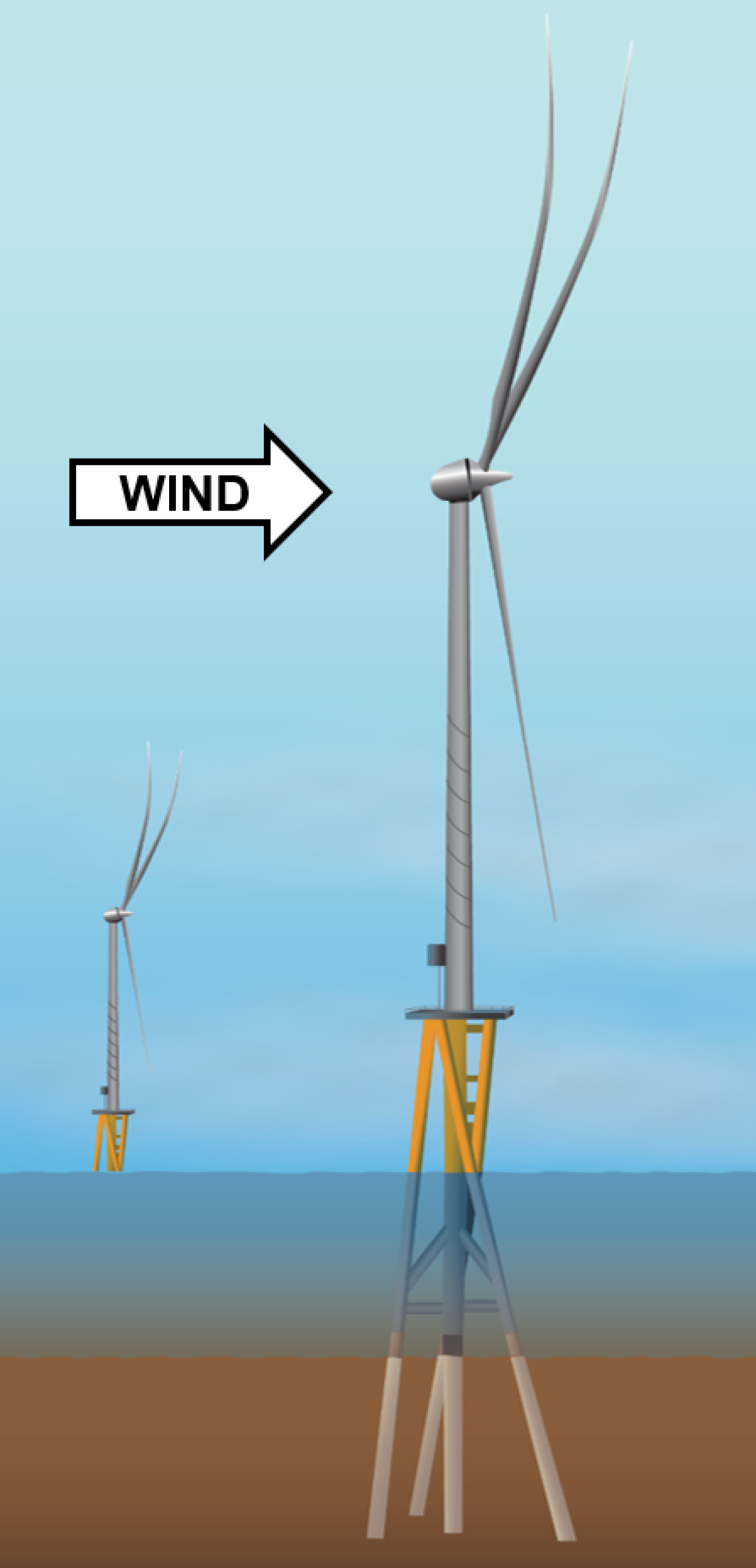
Perhaps the most surprising component of this system is the rotor designed by Wetzel Engineering. To optimize the project for hurricane resiliency and structural efficiency, the wind turbines use a downwind orientation—opposite from the upwind design used in virtually all utility-scale wind turbines today. Upwind turbines use a wind vane and a yaw drive to constantly turn the top of the turbine to face into the wind. A downwind turbine avoids these components and lets the wind blow the blades away from the tower. This allows the blades to be more flexible, and permits them to bend in high winds without the risk of them hitting the tower, thereby reducing the risk of structural damage during a hurricane.
Although hurricanes and the damage they can cause remain difficult to predict, with current R&D, the Energy Department is taking steps to alleviate potential risks to offshore wind systems that will eventually be deployed in the southeastern and mid-Atlantic regions.
Liz Hartman

Liz Hartman is the Communications Lead for DOE’s Wind Energy Technologies Office, and formerly (2009–2016) the Communications Lead for EERE’s combined Wind and Water Power Technologies Office.
Liz is a graduate of Cornell University with a B.S. in Natural Resources and an M.P.A. in Environmental Policy.
Articles by Liz Hartman
-
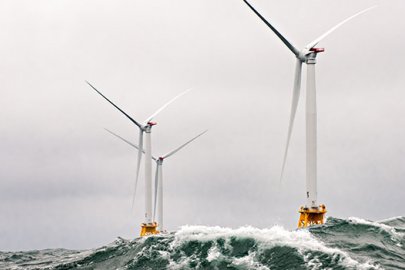 Learn more about efforts to develop America's vast offshore wind resources.
Learn more about efforts to develop America's vast offshore wind resources. -
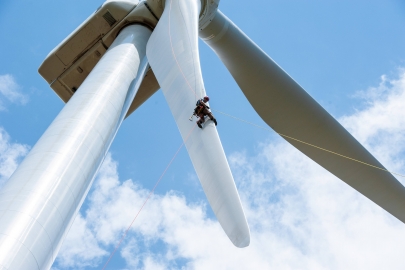 Brush up on your knowledge of wind! Get the details on a few of the lesser-known wind energy facts.
Brush up on your knowledge of wind! Get the details on a few of the lesser-known wind energy facts. -
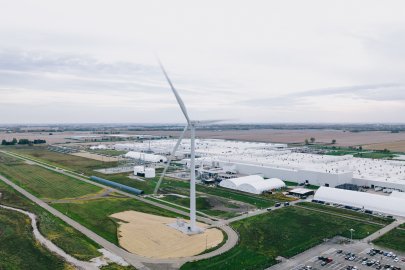 Learn about key facts related to wind turbines used in distributed applications.
Learn about key facts related to wind turbines used in distributed applications. -
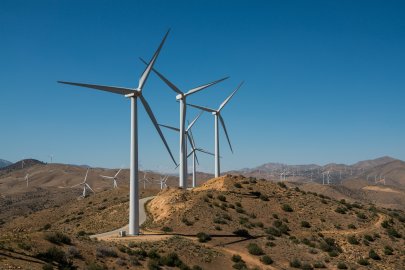 Wind power capacity in the United States continued to experience strong growth in 2017.
Wind power capacity in the United States continued to experience strong growth in 2017. -
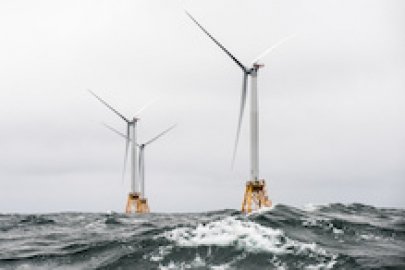 Offshore wind turbines on the Atlantic coast (as well as the Gulf Mexico) have several challenges to contend with—including hurricanes.
Offshore wind turbines on the Atlantic coast (as well as the Gulf Mexico) have several challenges to contend with—including hurricanes. -
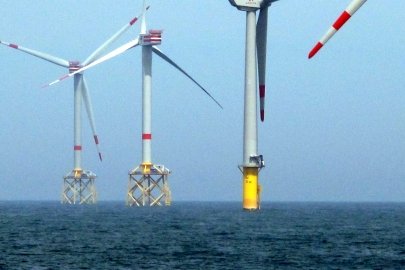 This blog is part of a series that explores offshore wind technical challenges that are different in the U.S. than in other countries.
This blog is part of a series that explores offshore wind technical challenges that are different in the U.S. than in other countries. -
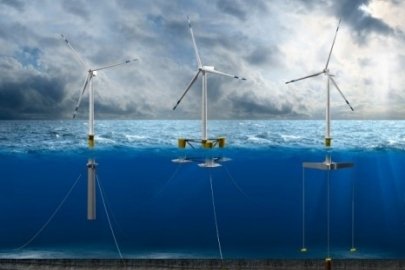 This blog is part of a series that explores offshore wind technical challenges that are different in the United States than in other countries.
This blog is part of a series that explores offshore wind technical challenges that are different in the United States than in other countries. -
 New breakthroughs could cut the cost of wind energy in half by 2030—making it fully competitive with the fuel cost of natural gas.
New breakthroughs could cut the cost of wind energy in half by 2030—making it fully competitive with the fuel cost of natural gas. -
 From utility-scale wind farms to the nation’s first offshore wind project, the U.S. wind industry continued to grow in 2016.
From utility-scale wind farms to the nation’s first offshore wind project, the U.S. wind industry continued to grow in 2016. -
Test your energy knowledge by checking out these surprising facts about hydropower.
-
The five things you should know about wind power and it's impact in the United States.
-
A new report evaluating the potential for offshore wind energy development across U.S. coasts found that even if only 1% of the technical resource potential is recovered, nearly 6.5 million homes could be powered by offshore wind energy.
-
If we harnessed America's vast, untapped offshore wind energy resources -- what would be the impact?

